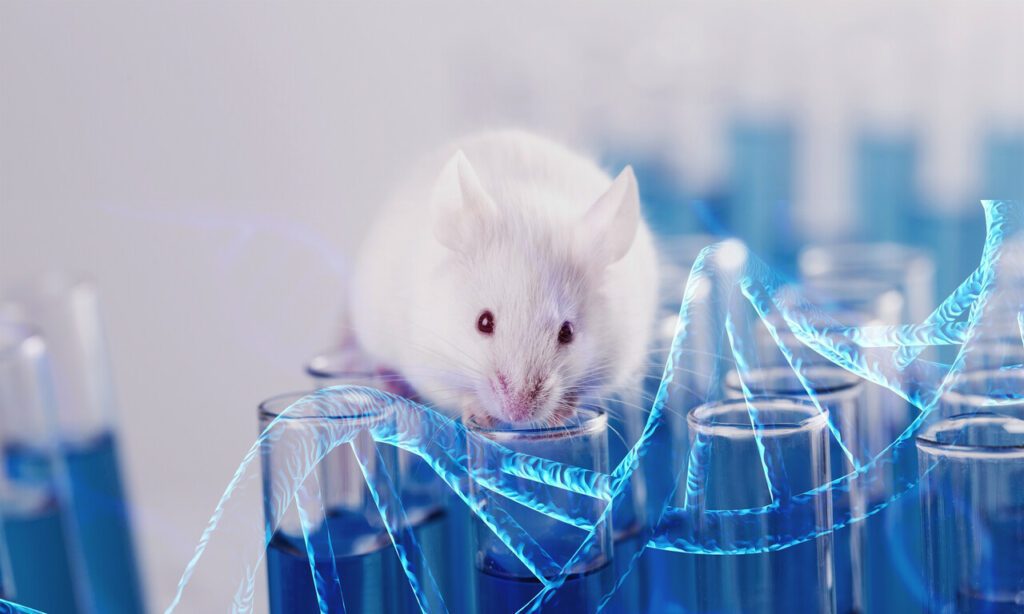As part of our strategy to provide “no-strings-attached” access to critical research tools, we are looking for collaborators to develop new animal models and to generate multi-omic datasets in mouse models to share with the community. We have no active projects at this time, please check back soon for new ventures.


